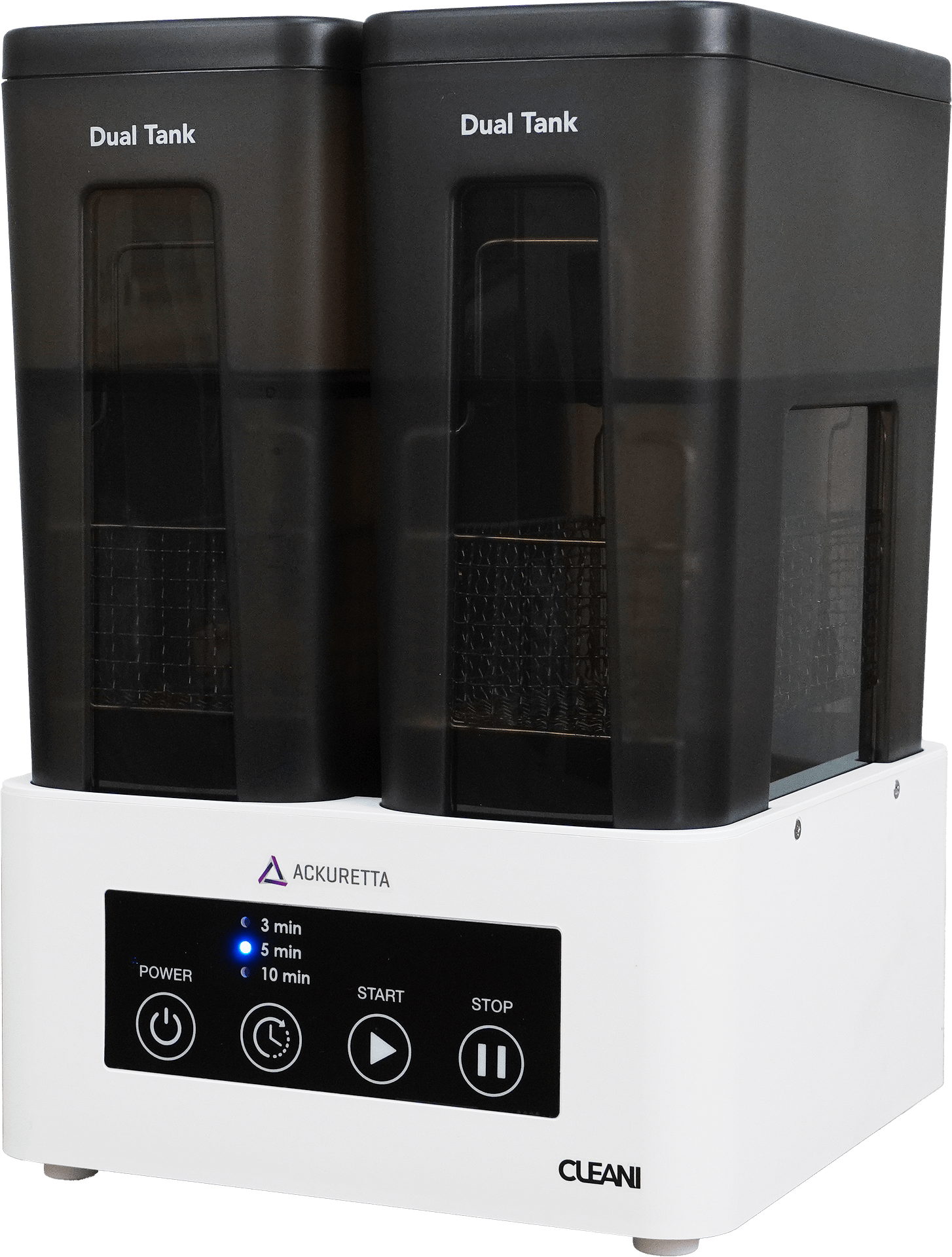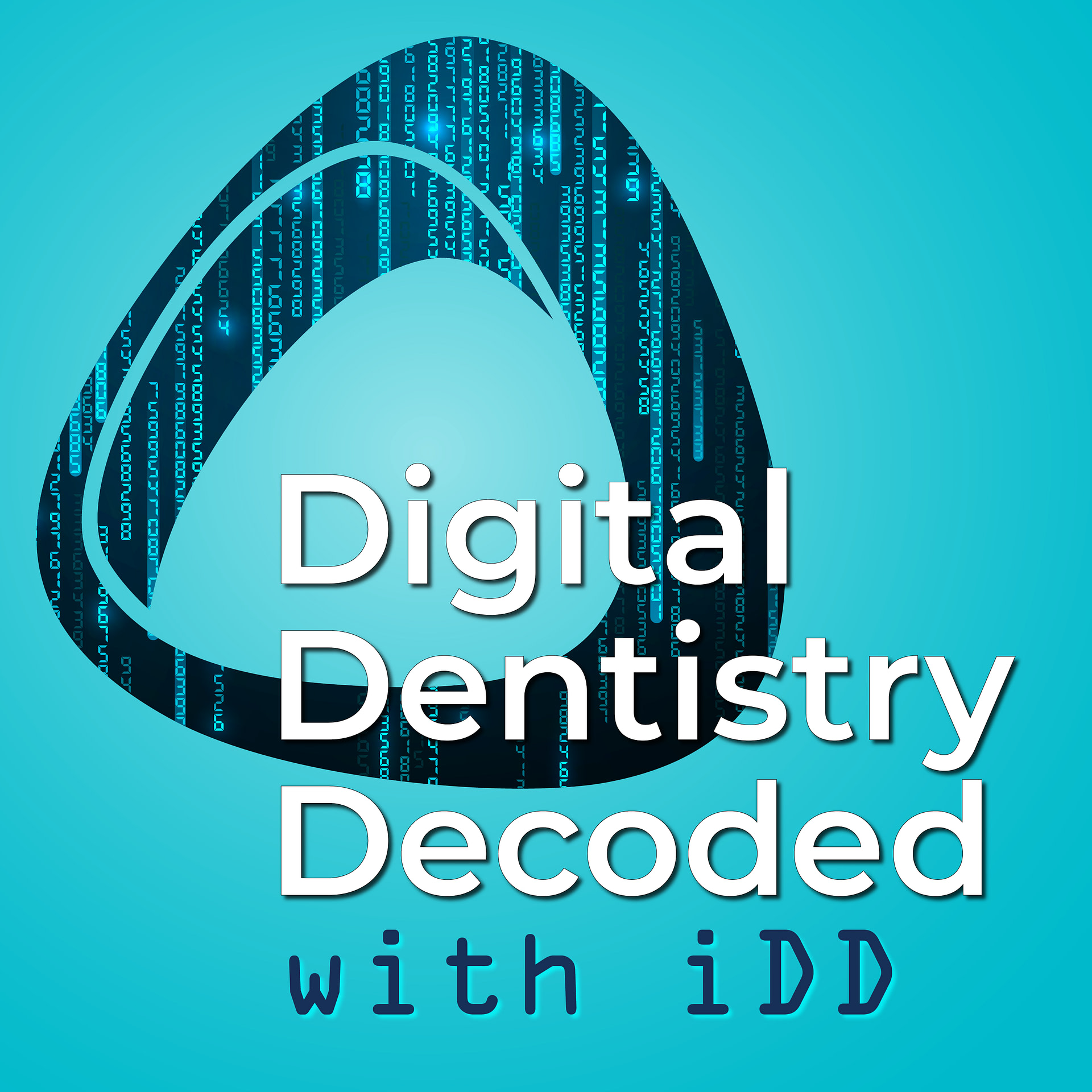The landscape of digital dentistry is evolving at an unprecedented pace, with 3D printing technology leading the charge. Following our insightful discussion with Cory Lambertson from Asiga about the state of 3D printing in dental labs and clinics, we dive deeper into the realm of 3D printed restorations.
In our latest podcast episode, we had the pleasure of sitting down with Ayush Bagla, CEO of Ackuretta, to discuss the exciting developments in dental 3D printing. With his extensive background in additive manufacturing, Ayush offers unique insights into the current state and future prospects of 3D printing in dentistry.
3D Printing: From Jewelry to Dentistry
While 3D printing has been generating significant buzz in the dental community, Ayush emphasizes that it's more than just hype. The technology has made substantial strides, particularly in the transition from other industries to dentistry.
As Ayush points out, "I started off with the metal technology, so I was doing SLM and I was printing gold jewelry back in 2012." This experience in jewelry manufacturing laid the foundation for Ackuretta's entry into the dental market.
The adoption rate in labs is impressive, with Ayush noting that "in large labs, it's like 90% adoption." This high adoption rate is driven by the efficiency gains and improved productivity that 3D printing brings to the table. For mid-size labs, the adoption rate is around 50%, indicating that there's still room for growth.
Chairside Applications: The Growing Trend
While labs have been quick to adopt 3D printing, the technology is now making significant inroads into chairside applications.
Ayush highlights that "ever since 2021, we are clearly seeing that there's a large number of clinics and a large number of digital dentistry adoption within the clinical space."
This shift is opening up new possibilities for in-office production of various dental appliances.

One of the key advantages of 3D printing for chairside use is its versatility and cost-effectiveness. As Ayush explains, "There's a rule in the startup industry of 10x cheaper and or 3x better."
The Material Game
One of the most exciting aspects of 3D printing in dentistry is the ongoing development of new materials.
Ayush emphasizes the importance of this, stating, "My forecast is in the next two years, you will see materials reaching that sort of mechanical properties and 3D printing could take some portion of the economy milling market."
Ackuretta's approach to materials is particularly noteworthy. The company is focusing on developing resins that can compete with traditional materials in terms of strength and durability.

Ackuretta's CURO 3D printing resin material line-up.
The Future of 3D Printing in Dentistry
Looking ahead, Ayush sees a bright future for 3D printing in dentistry. He predicts that "in the next three years, we will see that becoming more mainstream simply because the solutions are being built around it." This includes advancements in AI-driven design software and improvements in material chemistry.
One area where Ayush sees particular potential is in the printing of permanent restorations. While acknowledging that there's still work to be done, he notes that the industry is moving in that direction.
The Importance of Post-Processing
An often overlooked aspect of 3D printing in dentistry is the importance of post-processing.
Ayush stresses this point, stating, "The accuracy of the 3D printed part is related to not only the 3D printer but the post-curing and it is more in the post-curing than the 3D printer."

Ackuretta's CURIE Plus and NFinity Nitrogen Generator

Ackuretta's Cleani
This highlights the need for a comprehensive approach to 3D printing that considers the entire workflow, not just the printing process itself.
Challenges and Opportunities
While the future of 3D printing in dentistry looks bright, there are still challenges to overcome. One of these is the perception that 3D printing is difficult or time-consuming. Ayush counters this, saying, "I think we've timed it so that in 15 minutes you can be up and running with a 3D printer."
Another challenge is educating dentists about the benefits and applications of 3D printing.
As Ayush notes, "The key to the success of 3D printing or any new technologies is education."
This underscores the importance of continued learning and professional development in the field of digital dentistry.
Conclusion
The 3D printing revolution in dentistry is well underway, offering exciting possibilities for both labs and clinicians. As the technology continues to evolve and new materials are developed, we can expect to see even more applications for 3D printing in dental practices.
At iDD, we're committed to keeping you informed about these developments and helping you navigate the ever-changing landscape of digital dentistry. Whether you're considering adopting 3D printing in your practice or looking to expand your current capabilities, staying informed about the latest advancements is crucial.
As Ayush advises, "My advice would be to try to keep it simple out of the gates, right? Find one application like night guards is a very good example of that."
Stay tuned for more insights and updates as we continue to explore the cutting edge of dental technology.
The future of dentistry is digital, and 3D printing is playing a pivotal role in shaping that future.

